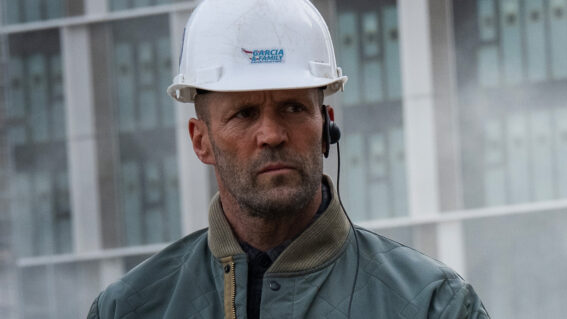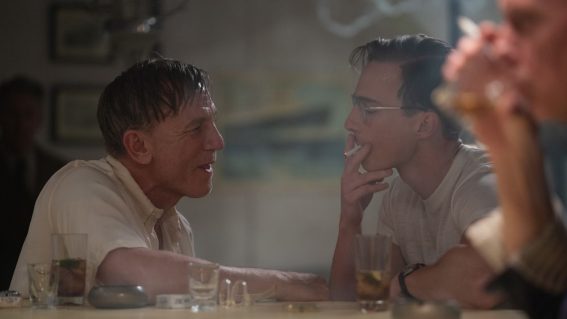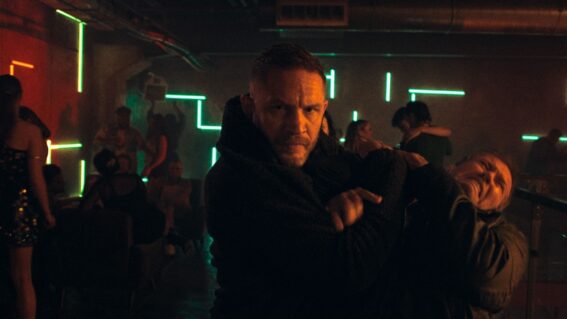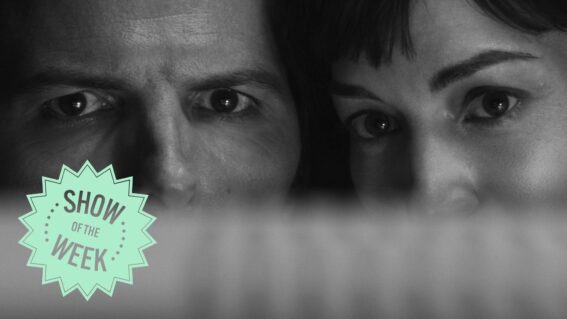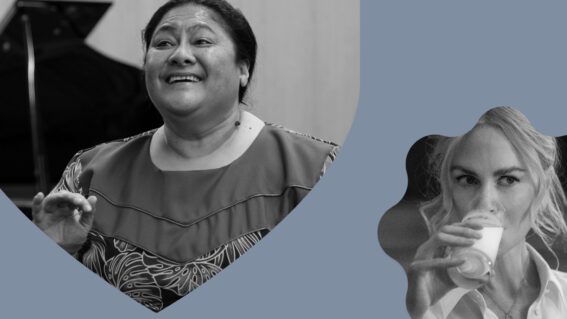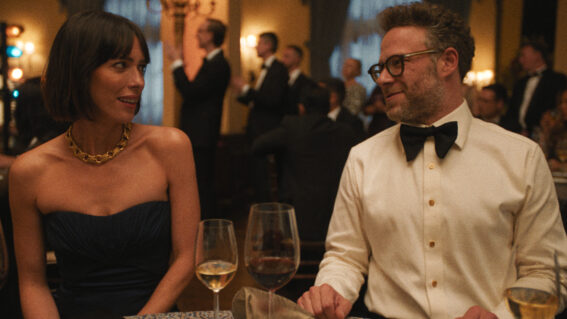Robert Pattinson, Zoë Kravitz and director Matt Reeves tell us all about The Batman
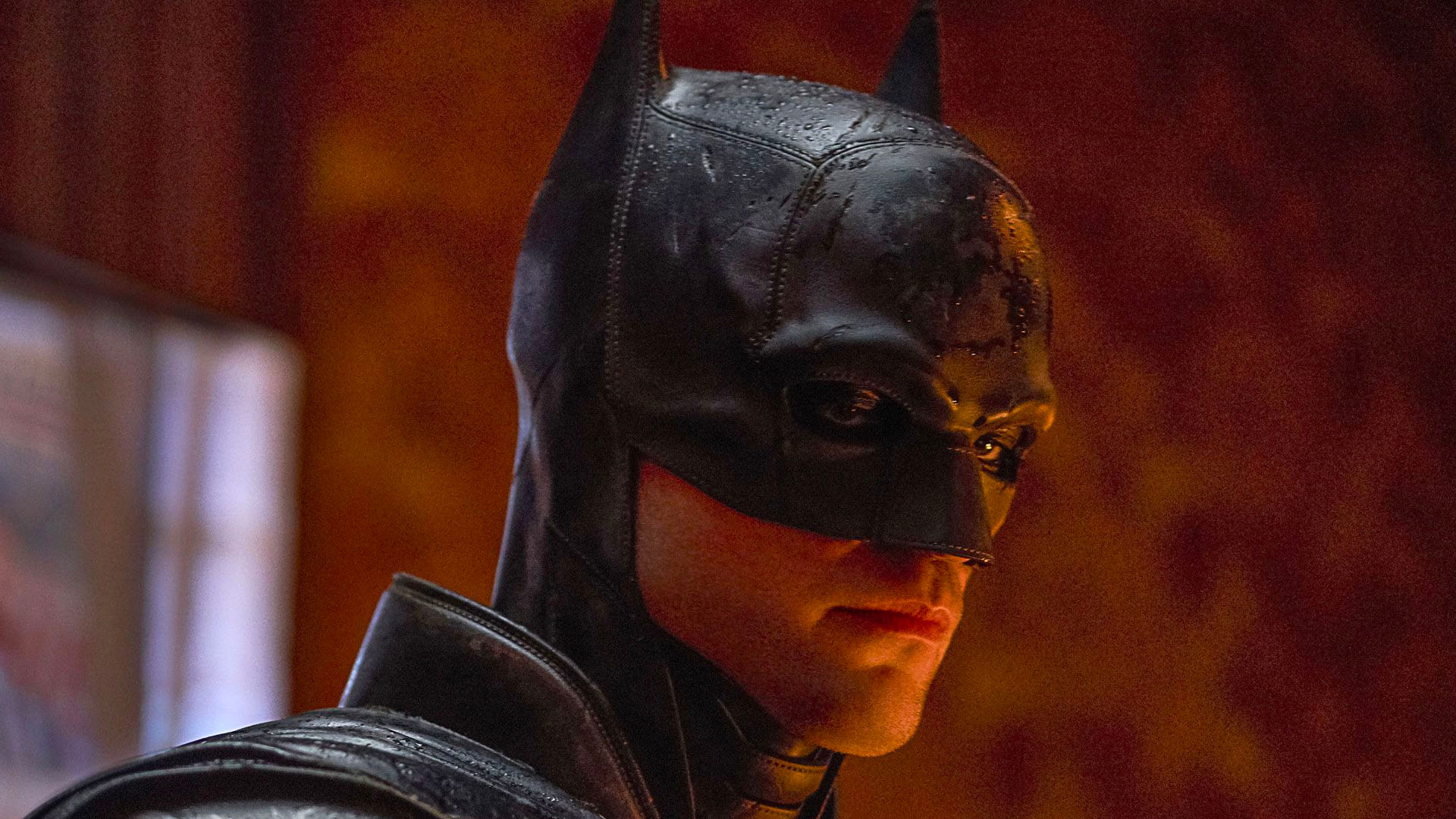
Ahead of the hugely-anticipated release of The Batman, Dominic Corry joins stars Robert Pattinson, Zoë Kravitz and Paul Dano – alongside director Matt Reeves – for a chat about their new take on the World’s Greatest Detective. (Yes, some minor spoilers follow).
Although superheroes proliferate on the big screen like never before, there remains something special about a new Batman movie. The character still carries a weight of audience investment that stands ahead of his comic book brethren.
When Christopher Nolan ended his Christian Bale-starring Dark Knight trilogy (which now feels quaint for how stand-alone it was) in 2012, Ben Affleck took on the cowl for 2016’s Batman Vs. Superman: Dawn of Justice, and then 2017’s Justice League (and 2021’s Zack Snyder’s Justice League). So although it feels like we’ve been awash in the character recently, Matt Reeves’ The Batman is actually the first Batman-led film in a decade. If you don’t count The Lego Batman Movie.
Which is to say, this film’s existence feels somewhat more justified than say… The Amazing Spider-Man did after the Sam Raimi trilogy ended, but it also enters a media landscape with no shortage of Dark Knights.
With The Batman, which stars Twilight, Harry Potter and Claire Denis graduate Robert Pattison as the titular crime fighter, Reeves (who also co-wrote the script with Peter Craig) hasn’t re-invented the Bat-wheel, but he incorporates some cool stylistic influences and offers up interesting grace notes in a heavily procedural story that places a strong emphasis on the World’s Greatest Detective doing actual detective work.
He also provides a hot heaping helping of sexual chemistry—something noticeably lacking in today’s boringly un-horny superhero movies—between Pattinson’s Bruce Wayne/Batman and Zoë Kravitz as Selina Kyle/Catwoman.
Reeves, Kravitz, Pattinson and Paul Dano (who plays the film’s primary villain, Edward Nashton/The Riddler) recently jumped on a Zoom call with international press to share their feelings about the film. Here are some highlights of what they told Flicks—yes, some minor spoilers follow.
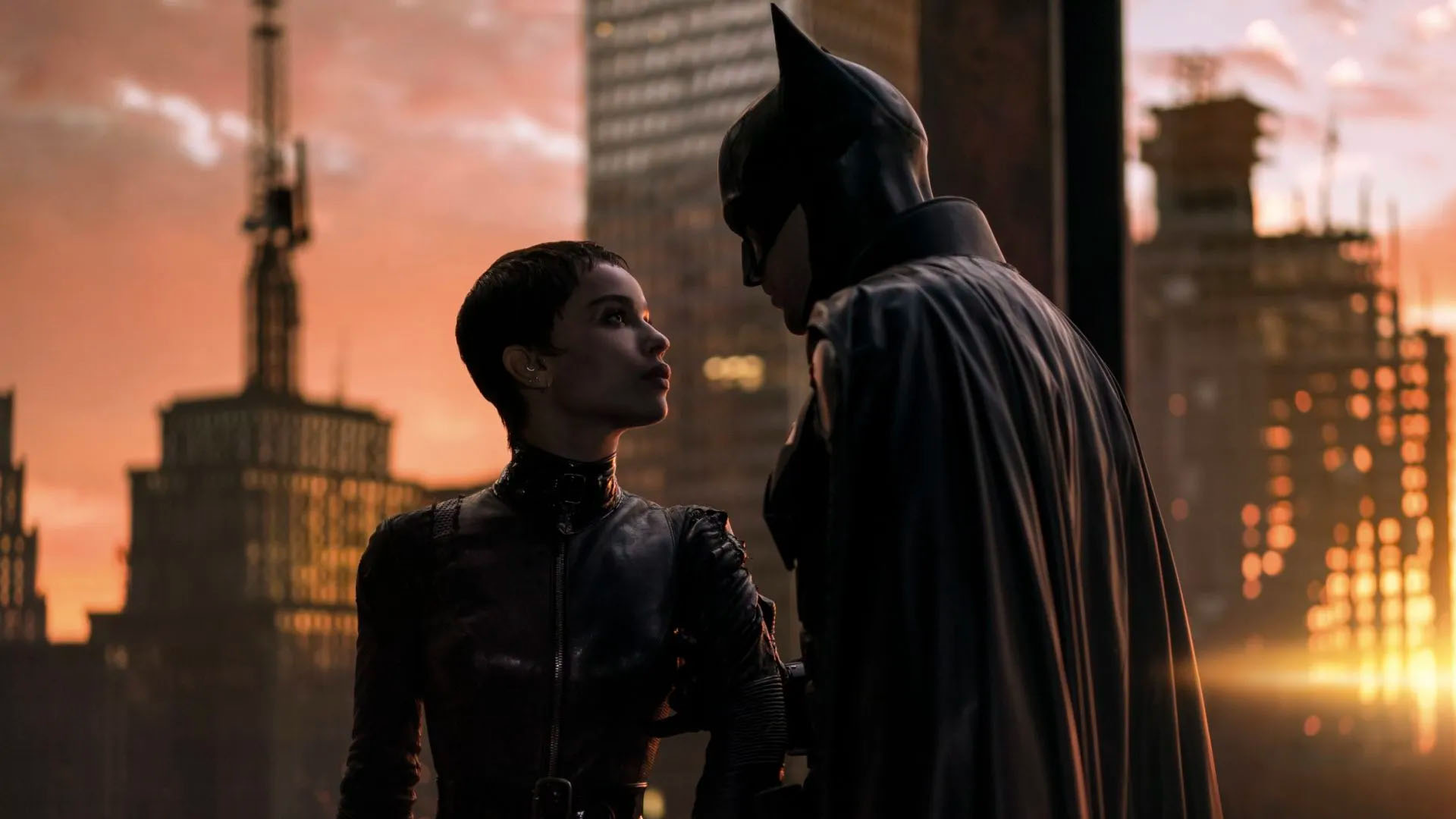
How Kravitz and Pattinson achieved their electric on-screen chemistry
ZOË KRAVITZ: It was very easy. Me and Rob have been friends for a long time and a lot of it was on the page. It’s really what Matt wrote, right? Where the emotional states of both of these characters are so clear, and the connection that they find in each other, and why they connect, so clear. So I feel like it was built-in, these people really, they both felt alone their entire lives. And to meet somebody who has a similar way of thinking that grabs you the way that they kind of grab each other, I think it really is the heart of the story. It’s a really big deal for for both these characters to feel this way. So if you’re attached to your character emotionally, it’s really easy to play that part of it.
ROBERT PATTINSON: On massive productions like this, it can be quite easy to feel quite disconnected from the story because there’s so many moving parts, and to have another performer who you can really see is putting everything into it, it’s a reflective experience where it makes you want to work harder. Even while we were doing rehearsals, she was constantly training and you occasionally come across actors who just wouldn’t put that level of effort in.
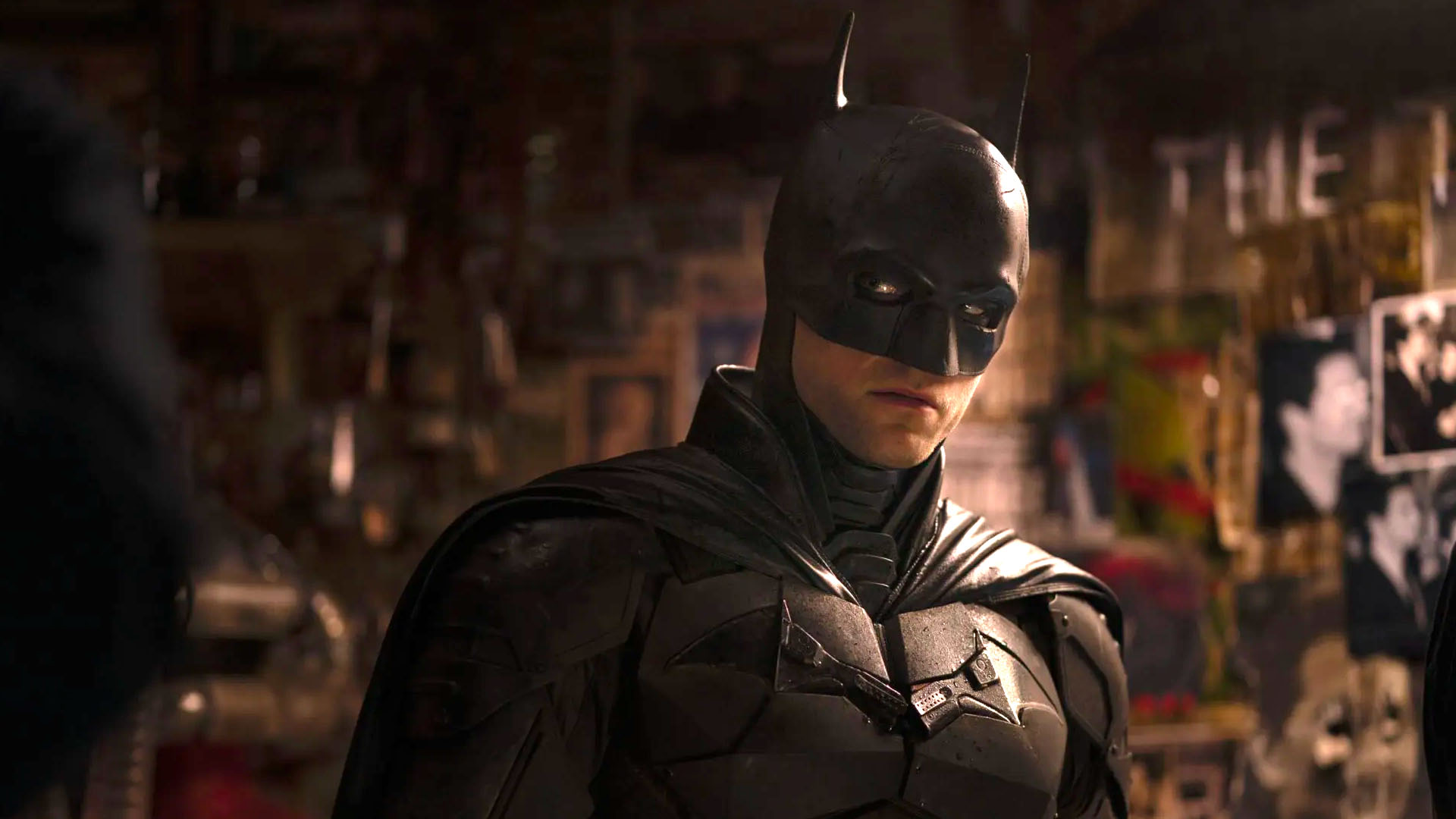
Pattinson on playing a younger, less experienced Batman
ROBERT PATTINSON: I think it allows for an opening a little bit easier. Normally Batman goes away, he trains and he comes back fully-realised, confident, he’s competent in his ability to change, he’s heroic when he comes back. In this, I loved all of the frailties he has. [Like] in the scene when he’s jumping off [the top of a building] when [he’s] using the cape the first time. Batman’s always been kind of fallible, it’s just a man [in an] armored suit, but this really really embraces that so much. It makes it more interesting to play.
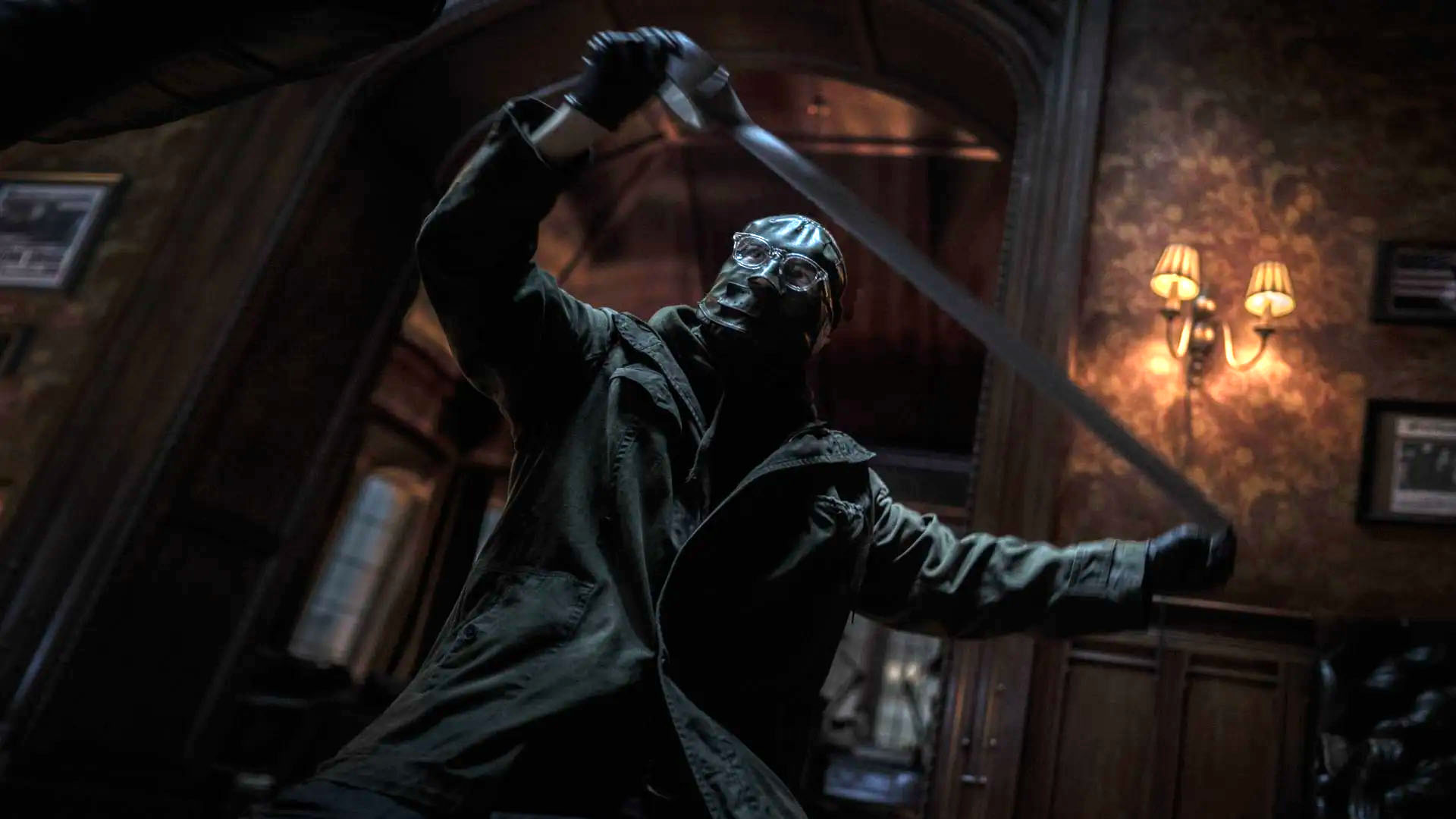
The connection between Riddler and Batman
PAUL DANO: I spent a lot of time thinking about the Batman and I love the idea that you can’t really have Batman without his villains or his rogues gallery, and I love that you couldn’t have this Riddler without the Batman. I think the dynamic between them, there’s some boundary there that is really, I think, beautifully explored and there’s more murkiness to the morality. It’s less just hero and villain in black and white. They’re not just protecting the status quo, there is something wrong in this city. And it’s really complicated to have a villain [where] some of his ideas are not wrong. Maybe the execution is a little off. But I found that to be really complicated and compelling. I thought that it’s Batman, it’s Gotham, there are these incredible archetypes at work in this history. But I think the contact with reality in this character, and to come from as emotional and psychological a place as possible to contact with reality, I think it’s also what makes it I think, potentially really scary.
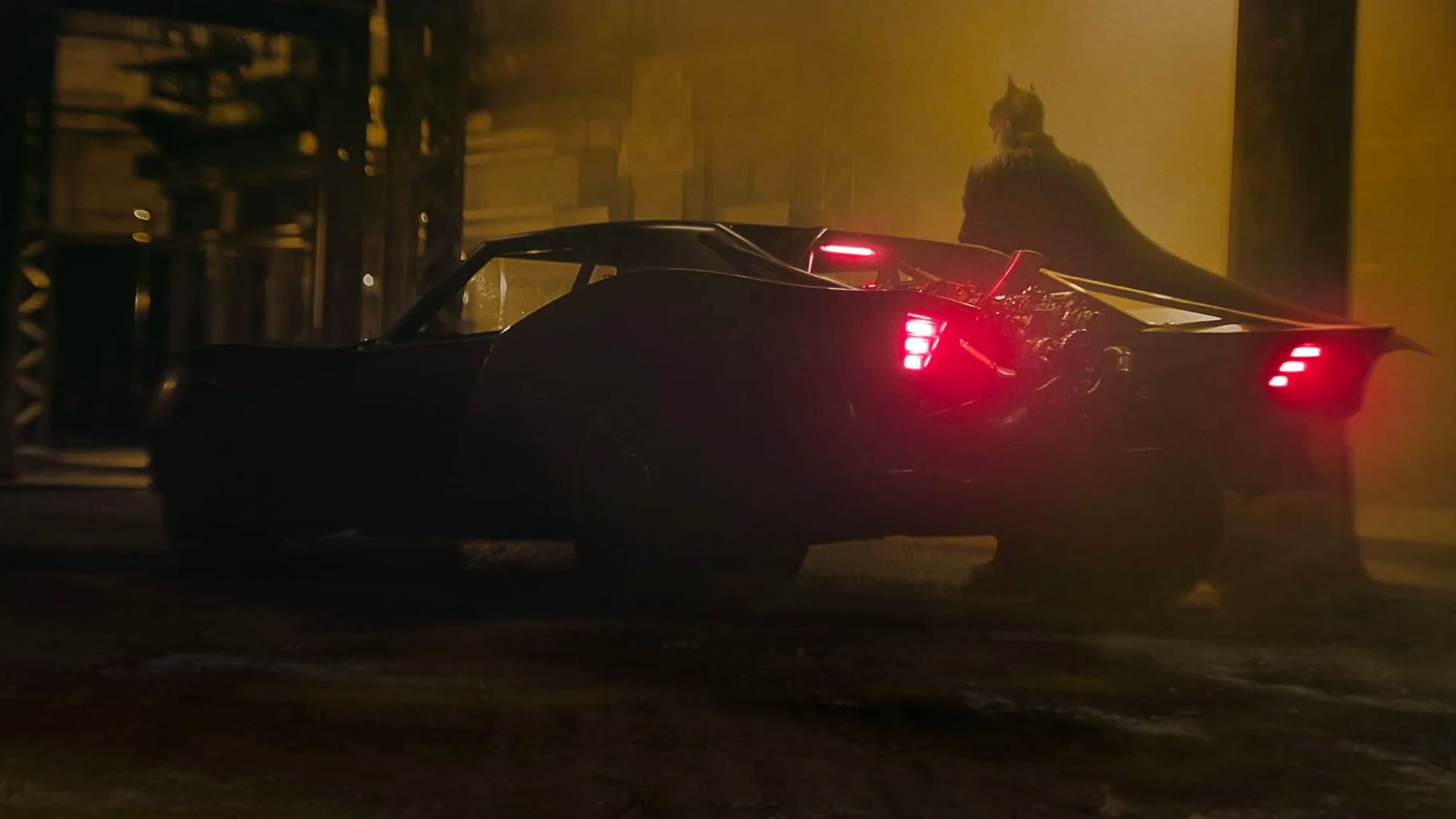
The comic books and movies that influenced Matt Reeves’ approach:
MATT REEVES: Comics-wise, I did a deep dive and read so many comics. I would say tonally that [Frank Miller and David Mazzucchelli’s] Year One, there was something in the tone of that, it was grounded in a way and also felt cinematic in a way that reminded me of an American ’70s movie. There’s a scene where Bruce has to adopt another persona because he’s so famous he can’t walk around as Bruce so he goes to the East End and he puts a scarf on and he’s got this kind of bomber jacket on, and in the notes, Frank Miller wrote to Mazzucchelli for the drawings that Bruce should look like he just won the Travis Bickle look-alike contest. So there was something in that idea. I thought: oh, this tone is really something.
And then [Batman:] Ego by Darwyn Cooke was really important because it was really dealing with the psychology of being Batman, the idea of the beast within and him in an internal struggle, which I thought was really captivating and informed it.
And I would say The Long Halloween, [by] Jeff Loeb and Tim Sale, that was super important because it was this idea of a kind of serial killer who was had a series of crimes and the idea of Batman getting caught up in that as the world’s greatest detective.
Drawing from those, on the comic front, was really important. Then, as far as the movies that were inspirational, it was a lot of them. To me, there’s a way in which Gordon and Batman in this movie are Woodward and Bernstein. There’s all this corruption and how high does it go? And so it’s kind of like All the President’s Men and there’s a bit of French Connection and there’s a bit of Taxi Driver. It’s like Alan Pakula’s Klute, the relationship between Klute [played by Donald Sutherland] and Bree Daniels [played by Jane Fonda] very much informs the relationship between Batman and Selina. So there are a lot of those ’70s movies that were to me, the movies that really inspired me to want to make movies in the first place.
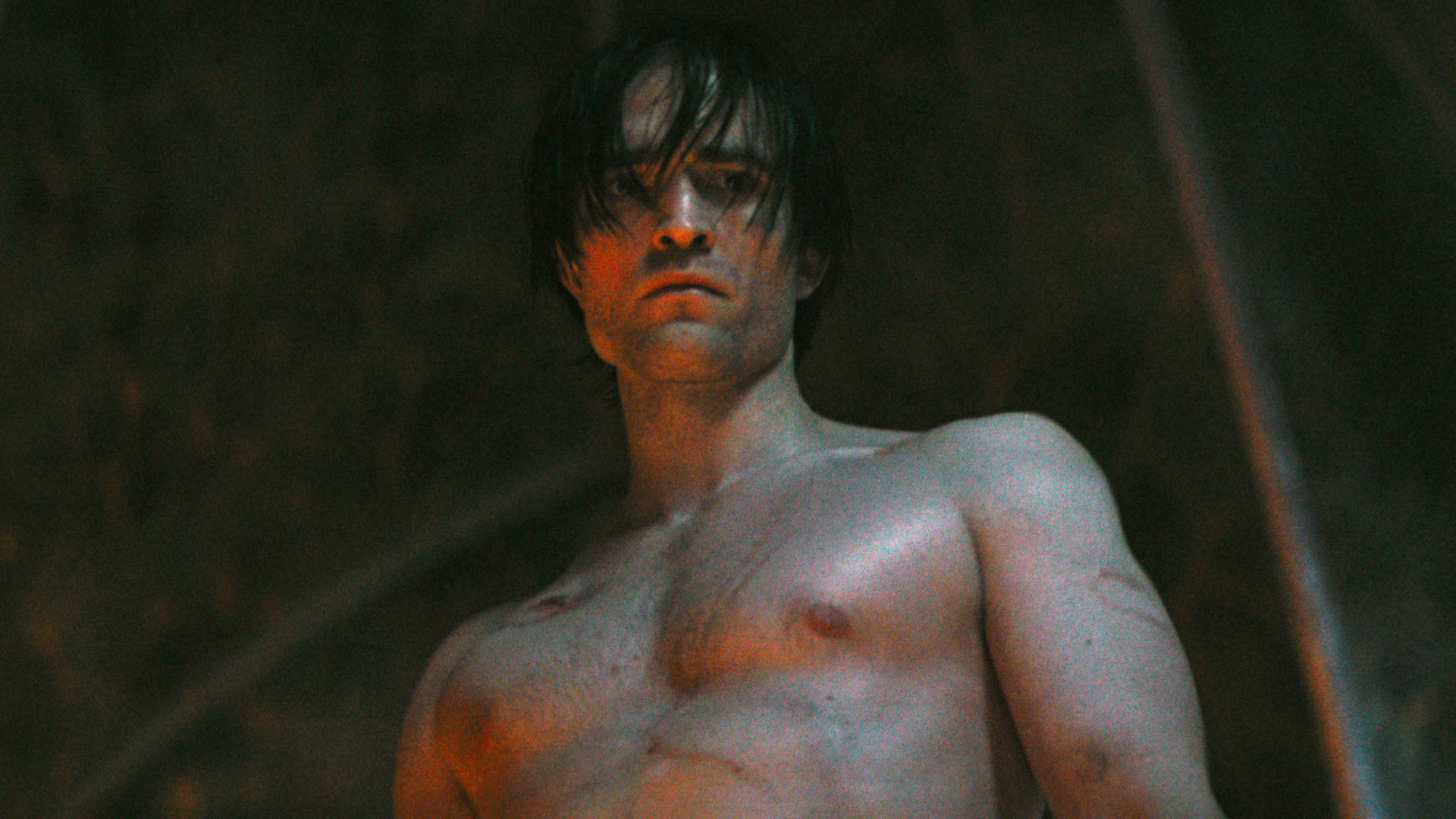
Matt Reeves’ initial approach to the film
MATT REEVES: I feel like the creative process, for me at least, is like a blank page. It’s like being in a dark room and you’re on your hands and knees and you’re reaching for something that feels familiar, I knew that I wanted to take this iteration of a younger Batman, who was early in his arc, that there was room for growth, room for an awakening and put him at the centre of this mystery that would pull us into the path of all of these characters.
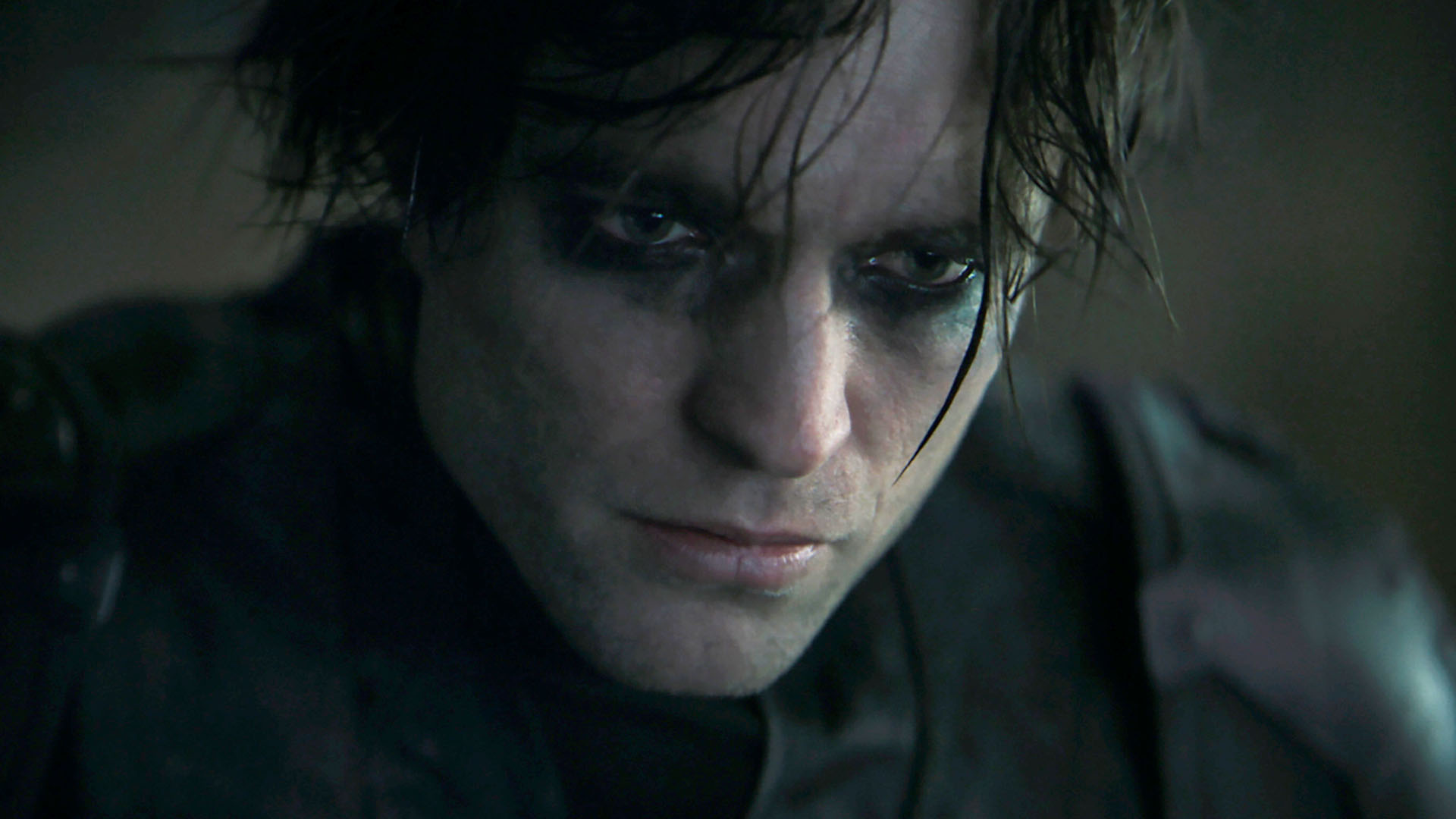
Sound design and music put you in Batman’s point-of-view
MATT REEVES: The sound and the music are both totally critical. The whole idea was to put you as much as possible in the point-of-view of the characters and specifically in the point-of-view of Batman, and the sound is one of the tools to do that. It’s the same sound designers that I’ve used since Cloverfield actually, which was another point-of-view exercise.
The intention was to make sure that you felt the visceral quality of the film, that the film’s subjective. In that way, it’s like a classic Noir. So [when] the Batman is knocked out then you go out with him. In a kind of classic Noir way. The sound helps to make that transition. Like one scene where I really love the sound work where Rob is lying there and Gordon is trying to hold everybody off because the cops are like: we could take this mask off. You can just hear the people kind of in the distance in this kind of low thrumming and you’re going like: Oh, he’s in trouble. You kind of feel him finally surge into reality and the sound comes smacking back. So even even in subtle, more quiet, intimate ways, the sound design is a big part of creating that immersive, subjective experience.
And then the other part of that of course, is the music by Michael [Giacchino] which is incredibly emotional. There’s the kind of obsessive drive of Batman that has that muscular theme. Michael said to me: I know people are gonna think it’s too repetitive. but it’s just I keep trying to change a but it feels like what it is. That’s because that’s the kind of relentlessness that Batman is on. And then there’s the Bruce theme, which has this kind of very melancholy, the weight of what’s happened to him and being famous in a place where you don’t really want anyone to recognise you. And the beauty of that and Selina’s theme which has this great yearning and a noir quality. And then Ave Maria sort of twisted into this thing that comes from the use of the Riddler I mean, Michael’s score is extraordinary.
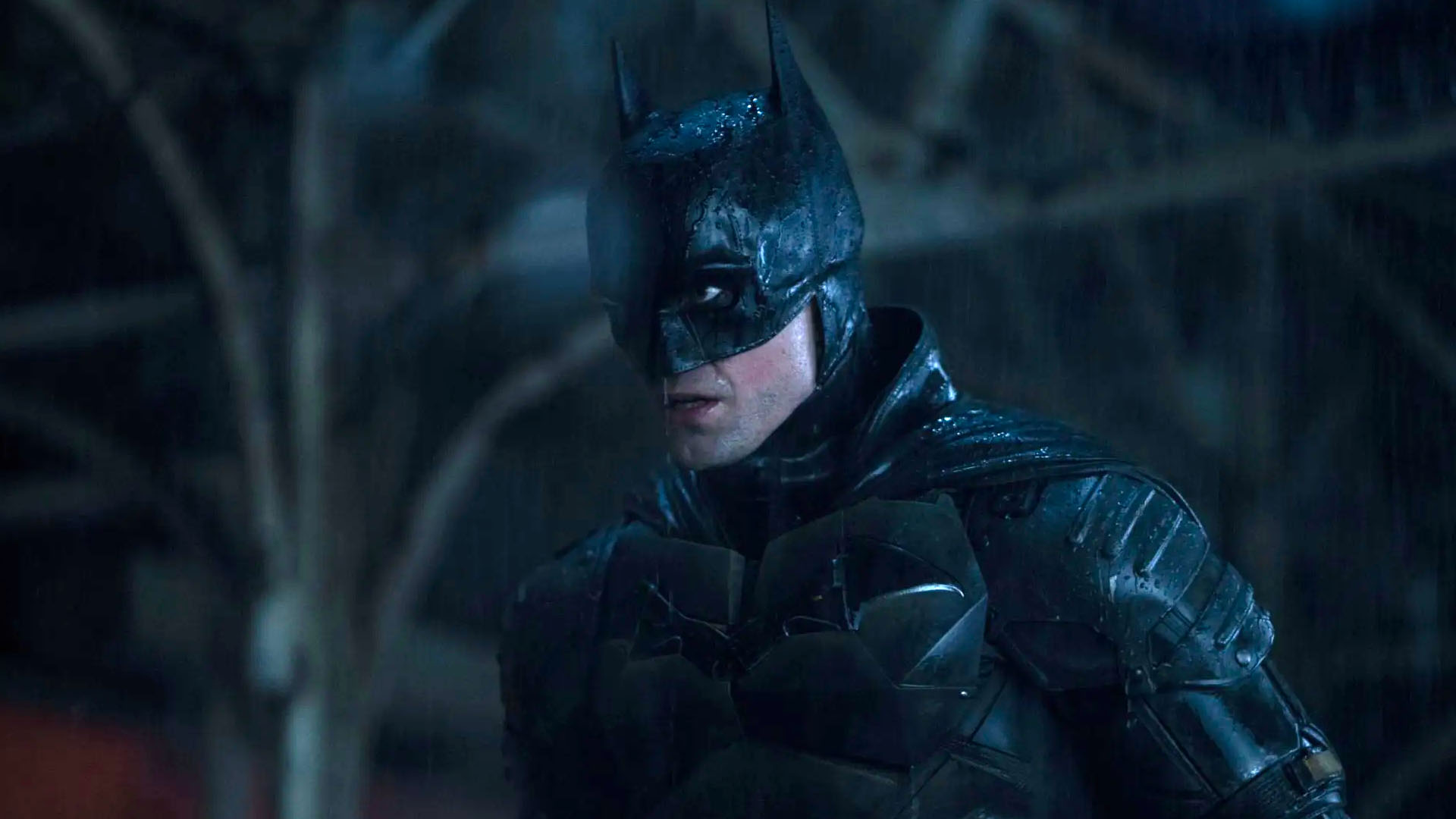
On the film’s bold opening shot, which is from [spoiler]’s perspective:
MATT REEVES: The opening shot of the movie is something that I just saw when I started trying to think about the Riddler and point-of-view and the idea of getting inside of his perspective. What I love when I go to the movies is I love that idea of putting the audience in this empathic relationship with characters that the audience isn’t, so that they can experience this kind of immersion into somebody else’s perspective.
I thought that there’s a kind of dialogue, I wanted to start the movie with a giant title that said The Batman and then [the audience would] hear this breathing and feel like [they’re] seeing something from someone’s point of view and think: Well, does that mean we’re seeing from the Batman’s point of view? And then you’re not, you’re seeing from the Riddler’s but then elsewhere, you see from [the perspective of] Batman, Bruce and you’re like: is this The Riddler? So that you’ve got this sort of undercurrent where you’re wondering, well, wait a minute, there’s some dialogue that these characters are in.





